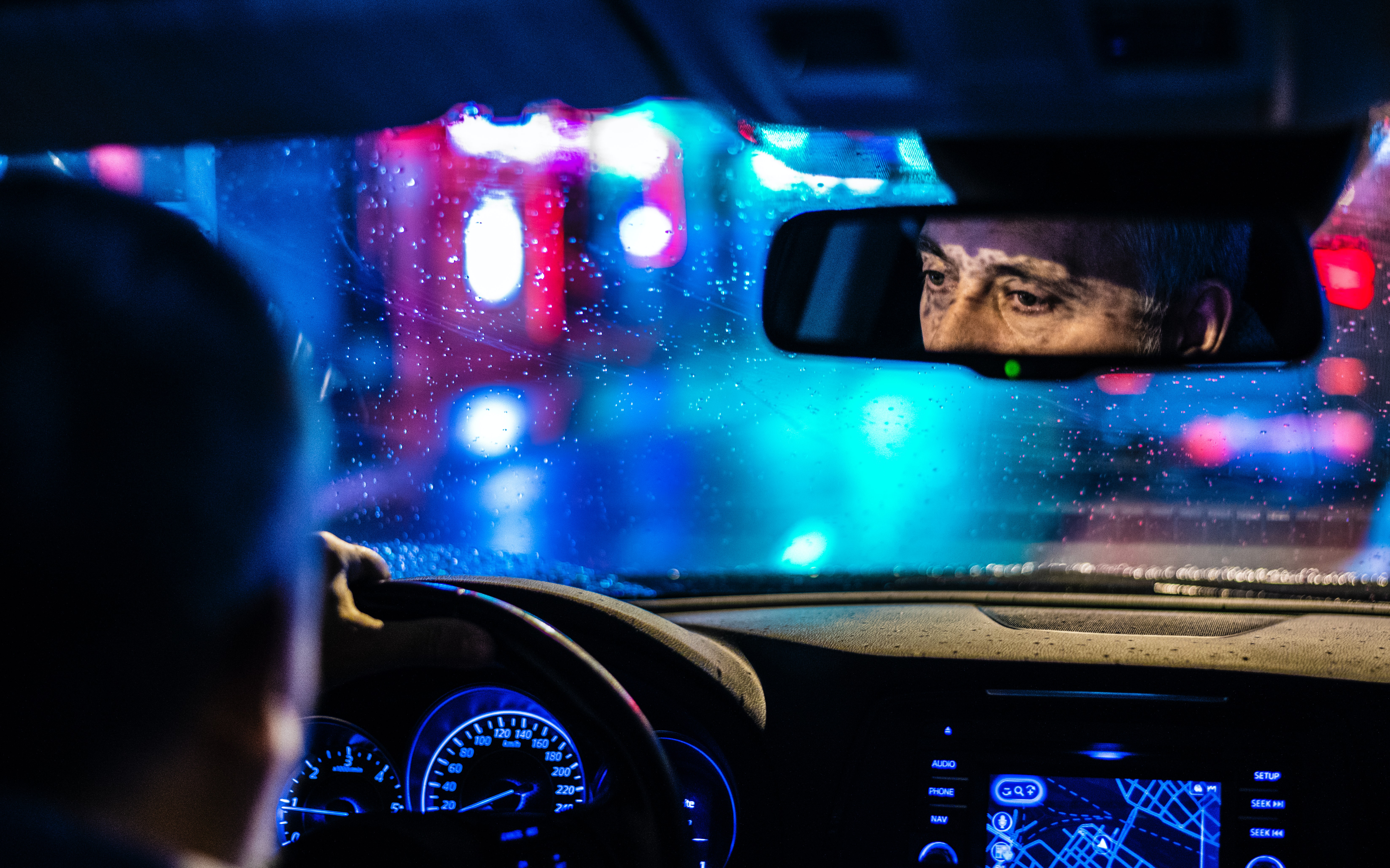10 Safety Tips for Driving at Night

Driving at night is more dangerous than you think it is, even when you’ve done it many times. Drivers often let their guard down because they feel driving is driving, and being on the road at night doesn’t change much. Nothing could be further from the truth.
Use these 10 tips to remain safe at night and remember that there’s no shame in staying at home or having someone else drive.
1. Clean Your Windshield
Driving with a dirty or damaged windshield is one of the most dangerous things you can do. Just look at your windshield and imagine what it would look like if it were covered with snow. Would you just push aside a small viewing window and drive away?
No, you wouldn’t.
Do your best to clean the windshield before setting off, stop at a gas station to use their squeegee, or get your windshield repaired as soon as possible.
2. Maintain Your Vehicle
Keep your vehicle in good condition to avoid breakdowns. Breaking down on the side of the road is bad enough when the sun’s out. When it’s not, you certainly don’t want to be stuck with anywhere to go.
While you might take your vehicle in to be serviced routinely, you should also keep your phone charged—just in case you break down. Don’t put yourself in a bad situation when it’s so easy to visit the dealer, repair small problems yourself, and plug in your phone.
3. Do You Have Poor Night Vision?
Do you have poor night vision? If you do, you shouldn’t be driving at night. Ask a friend to drive, call for a ride, use a ride-sharing app, call a taxi, or walk home, but do not get behind the wheel when you know driving at night is even more dangerous for you.
4. Use Your High Beams Properly
Yes, you can use your high beams, but you should turn them off when you have people driving directly at you. However, you should not be afraid to leave them on if you truly cannot see.
Moreover, you should be prepared to flip them on and off as you drive. For example, you might find yourself on a mountain road at night—approaching a much larger city—but you can’t see anything. Flip your brights on and off every time a car passes you, but when no one else is in front of you, they stay on.
5. Drive Defensively
Drive defensively and ensure that you allow other drivers to take the lead. If they want to pass you, let them. Now is not the time to be aggressive. If you can’t see, turn on your hazard lights. If you feel uncomfortable on surface streets at night, get on the highway.
Driving defensively often equals “driving smarter”.
6. Slow Down
You have less reaction time with lower visibility. Slowing down increases your visibility and improves the chances that you will see other cars, pedestrians, motorcycles, bicycles, obstructions, and/or massive bends in the road.
7. Look Out for Reckless Drivers
Take note of reckless drivers and make sure you stay as far away as possible. In fact, you should make it easy for them to get by you so that they do not impede your progress.
Let aggressive drivers do their business somewhere else.
However, if you’re truly disturbed by another driver or they are driving in a threatening manner, call 911 or the highway patrol immediately.
8. Are You Getting Tired?
Be honest with yourself—are you getting tired? It’s not worth driving if you can’t stay awake. That’s all you need to know. Call a taxi, call a friend, use a ride-sharing service, stay at your friend’s house because you partied there all night, but do not get behind the wheel when you can barely keep your eyes open.
9. Upgrade Your Emergency Kit
Make sure the emergency kit in your car is in good condition and contains:
- Spare tire
- Tire iron
- Jack
- Flat repair spray
- Flares
- Flashlight
- Reflective vest
- Food and water
- Jumper cables
- Even a spare battery
10. Wear High-Visibility Clothing
If you know you’ll be out late at night, try not to wear dark clothing. While you don’t plan to be stranded on the side of the road, it’s better to be seen if you’re changing a tire, fixing a flat, etc.
See Tip #9 if you want to fix this problem with a reflective vest akin to those worn by construction crews.
Contact Roger Smith Insurance for More Information on Safe Driving
Reach out to our team at Roger Smith Insurance for more information on safe driving, car insurance, commercial auto coverage, and much more. We’re happy to help you make the most of your vehicle and the coverage you’ve chosen.

 Link Software LLC
Link Software LLC